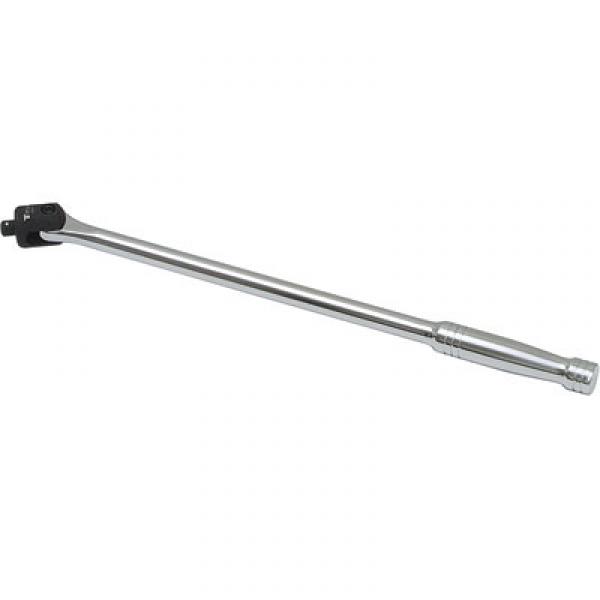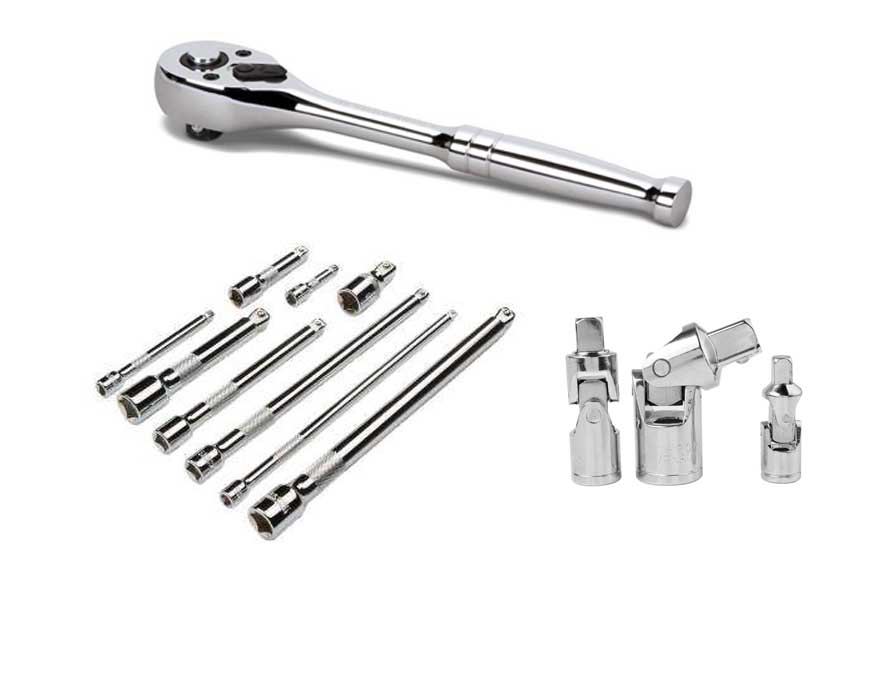Food and Snacks
Displaying 1 to 3 (of 3 products)
Displaying 1 to 3 (of 3 products)
Similar Categories
It seems there may have been a mix-up with the provided category details. The title mentions "Shop Equipment and Supplies," but the category later refers to "Food and Snacks > Food and Snacks," which isn't directly relevant to automotive tools or mechanics. Could you clarify the intended category of tools for me, such as "Lifting Equipment," "Diagnostic Tools," or another shop-related category? Once you provide the correct information, I’ll create a professional, tailored description for you!






Follow us on social media